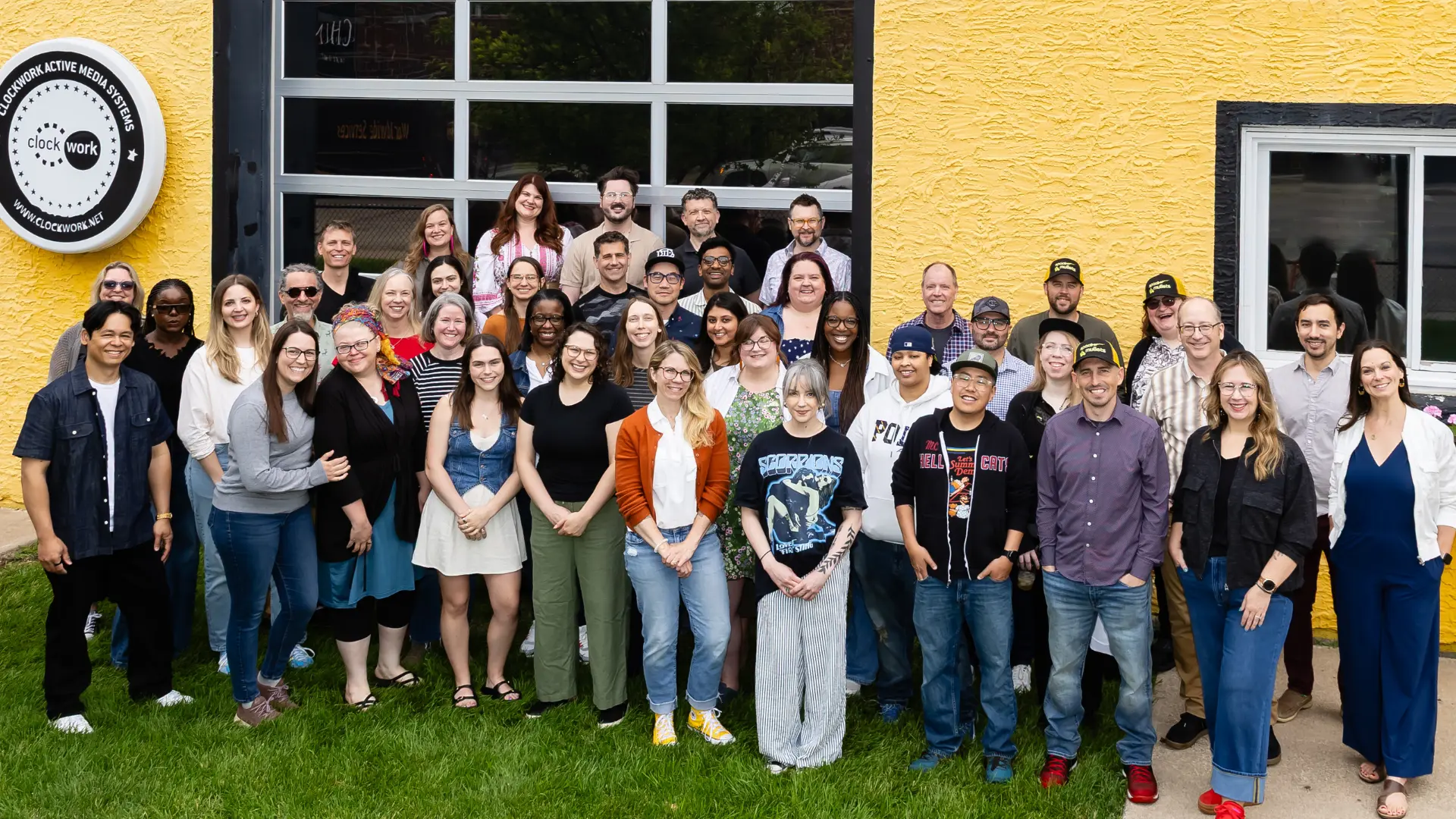As we know, business never stops, so the documents and reports we use to direct and track that business should be living documents. Yet often, we focus on immediate tasks at hand rather than our guiding documentation.
The time between Thanksgiving and the new year seems to be either a mad scramble or an eerily quiet (and dark) downtime. Alternatively, sometimes those first few weeks back after January 1st are slow adjustment periods as people get back to the grind. If either happens to you, I pulled together a list of helpful to-dos that can guide you to better content and more meaningful business documents.
Website Content Audits and Brand Document Content Audits
Review your website or review the voice and tone of your marketing, sales, or organizational buy-in materials. If you have a huge site, check your analytics to review the top 10-20 most visited pages and read through each and every one of them. Do they work together (imagine navigating between them)?
We often get so focused on what we want to say about our brand or services, that we don’t stop to compare that to the language and terms that our customers use, so also ask yourself if you need to update any language based on new language or trends that you’re hearing from your customers. In addition to seeing how the content measures up to your brand, also review from an accessibility perspective. You can use the Hemingway App to check for readability, go through your CMS and make sure every image as alt text, and ensure content styles are being used appropriately for screen readers.
If you’re feeling really proactive, also review company templates, bios, pictures, and illustrations, and page descriptions (and other metadata).
Where businesses show up has increased dramatically in the digital age, but the value in how you show up is the same: consistency, authenticity, and quality needs to be evident in every part of your business.
Website Analytics Report Review
Your reports should be giving you meaningful data that helps you make decisions. The data should align with specific business objectives and strategies to underscore whether you’re moving in the right direction and whether your site is working for you and your customers. To ensure alignment, look back at your measurement plan (and if you’re wondering what a measurement plan is, analytics master Avinash Kaushik has a great explanation and breakdown). If data doesn’t point to something your business needs to measure, do you really need it in your report? If not, remove it, it’s likely distracting you from the metrics that really matter.
And now the toughest type of assessment (error by omission): What other business questions or insights could be addressed through different data? Brainstorm big ideas about what you’d love to know about your website or your audience and then dig into the available metrics and see if you can piece a new solution together. And lastly, have you kept up-to-date on your analytics program (likely Google) or are there new services or features that you should integrate into your workflow?
Data is just a bunch of numbers if it doesn’t connect directly to how your business operates, and aligning your numbers with what you need to know will help clarify what data is meaningful.
User Persona Refinement
User personas are the bedrocks of a good strategy and as such, they should always reflect what you know about your core customers. By keeping them up-to-date, you’re ensuring that teams and tactics line up with customer needs, mindsets, contexts, and goals.
When looking at personas, ask yourself: do they still align with your business objectives and target market? If so, are there additional details that you learned this year that can refine them even further? For example, if one of your target personas is an IT Director, how might a year flooded with security breaches change their fears, needs, and what they’re seeking in products and services? Are there new types of customers or users that you’re seeing in your industry for which you want to start developing details? If you want a few other pointers, jump on over to my post, “5 Tips for Creating Effective User Personas.”
People evolve, your customers evolve, your business evolves, and that all means your user personas must keep up if you want to keep pace.
Project Process Evolution
Is there some part of your process or workflow that’s been bugging you? Or a part that you and others seem to always avoid? Interview your colleagues about their pain points, identify the steps that cause the most trouble, and spend time thinking about solutions. If people are constantly sidestepping parts of the process, it’s time to reconfigure it because processes should serve people (one of my favorite illustrations of people “sidestepping” the ways things are supposed to go is captured here, just swap process for design and people for user experience).
In order to create the right tools and services for your customers, you need the right processes in place for your people.
Digital Accessibility Audit
You may not have the in-house knowledge to do an in-depth accessibility audit, but there are a variety of ways to assess how your site measures up and how your site is experienced by people with disabilities.
You can use a tool like WAVE, a web accessibility evaluation tool, to get a clear picture of the digital accessibility gaps in your website. This tool will show you errors, alerts, and other issues that don’t follow digital accessibility best practices. The UI isn’t very intuitive (sorry, WebAIM!), so be sure to click on the icons along the left side of the error window.
Try a screen reader tool to simulate how people with visual impairments experience your website. You can use NVDA (Nonvisual desktop access) if you have a Windows-based computer. You can use VoiceOver if you have an Apple computer with OS 10.4 or higher. This will tell you (literally) how your site is read to people.
Google and other search engines take accessibility into account when valuing websites, so it can impact your business in a very real way. Moreover, approximately 20% of people are living with some form of disability, so it’s likely that a good portion of your customers are, too.
Shameless plug! We created a digital accessibility checklist that helps teams integrate accessibility into project processes.




